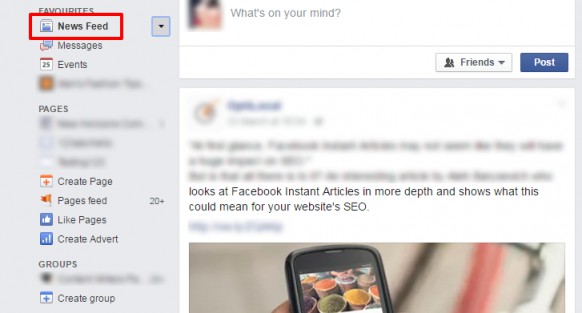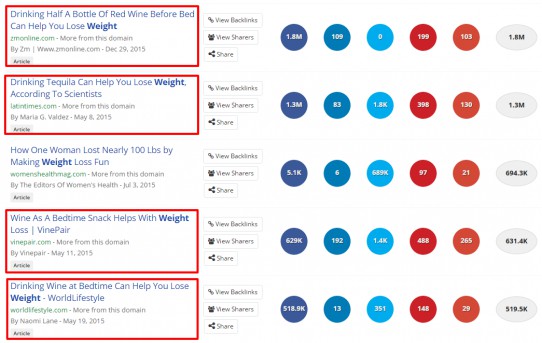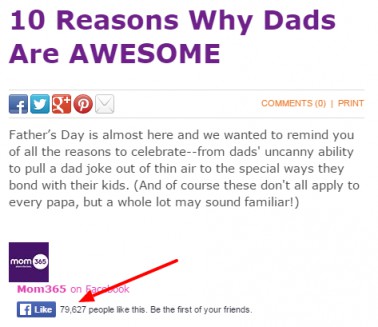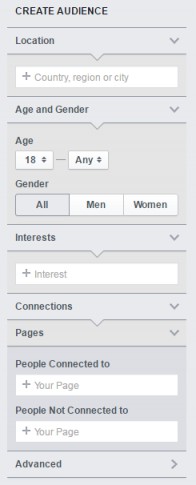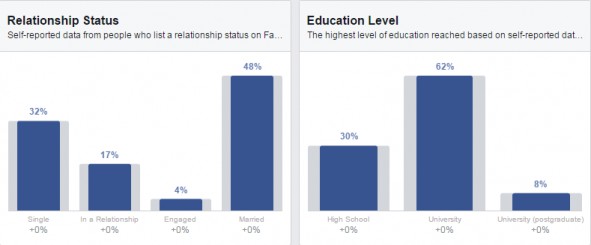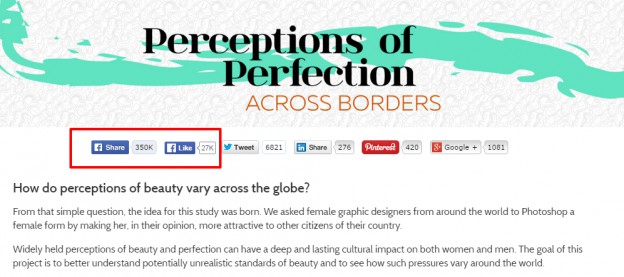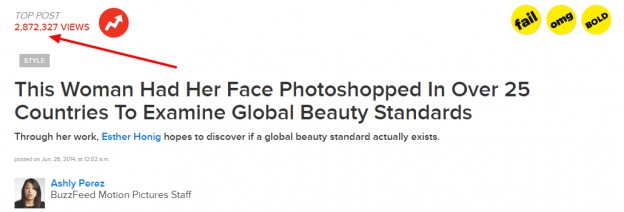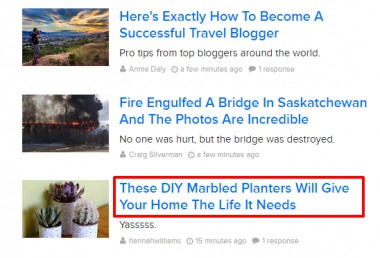It’s a dream come true for all content marketers (except that it rarely comes true).
It’s frustrating to see people sharing and liking so many things, while you struggle to get any response despite giving it your best.
You read those wonderful stories about successful viral marketing, and think of giving it a try.
You create and publish some content pieces, expecting social media to respond with the same fervor, but they don’t.
You try again, and again, but the audience keeps refusing to respond. Dejected, you look at your content and compare it with some of those widely shared ones, and think … “What in this world is lacking in my content? Even if it’s half as good, it should’ve gotten half of that response? But there’s none. What am I doing wrong?”
Here’s the kicker:
You are not going to find the answers because you are looking in the wrong places.
The secret to share-worthy content is not the quality or originality of the content. These are two important factors, but there are other, more important ones.
Your content marketing strategy needs to tick all the right boxes before your content can start to get the shares that you’ve been looking for.
Want to know which boxes? Keep on reading to find out.
Network – How Big is yours?
Ever heard of Cumulative Advantage?
Or Matthew effect?
Go, give it a read, because it’s the key to Social Media success.
In simple words, it’s about rich getting richer and the poor getting poorer.
Wanna see how it applies to Social Media?
Go to your Facebook account and click on the drop down button right next to “News Feed”.
You will see that your News Feed is sorted by “Top Stories”. You can change it to Most Recent, but majority of Facebook users don’t bother with these settings.
What does it mean?
It means that the posts or updates that you get in your newsfeed are not the most recent ones. These are the ones that Facebook Algorithm considered to be the best.
Here’s how Facebook chooses the Top Stories.
“The stories that show in your News Feed are influenced by your connections and activity on Facebook. This helps you to see more stories that interest you from friends you interact with the most. The number of comments and likes a post receives and what kind of story it is (ex: photo, video, status update) can also make it more likely to appear in your News Feed.”
So, a post that generates a lot of interest is considered Top Stuff, and it will get the much needed boost.
An average user has more than 330 friends on Facebook, and we’ve more than 40 million small business pages. Consider posts and updates from all these contacts and the pages that you’ve liked, and things can get quite messy.
Just like SERPs, most people won’t go past a few dozen posts.
You’ve got to get in the Top stories by quickly getting the likes or comments. If you don’t have a strong network to provide this impetus, it will become just another voice in the wilderness.
What you need to do:
Build your network, bit by bit.
Big network means bigger audience and the bigger the audience the stronger the impact.

No Audience, No Applause (Image via: threephin)
Another way to get that early traction is using a platform like buzzfeed.com or some established blog in your industry. Even for that, you will need to build relations with other bloggers or authors to get the opportunity.
Consistency – Start now and Persist:
Talking of the big networks and following, Rand Fishkin, one of the most touted experts in SEO and IM circles, has more than 309k followers at Twitter.
Seth Godin has 534k.
Neil Patel has around 194k.
What does all these authors, and the websites like Moz.com, Kissmetrics.com, or Hubspot.com have in common?
More than anything else, it’s the consistency.
They are consistently producing great content for almost a decade. Even today, they’re more active on Social Media than an average user or website.
Rand Fishkin has seven tweets in the past 24 hours. Neil tweets 4 – 5 times on daily basis. Not a day goes by without a new post on Seth Godin’s blog.
That’s consistency for you.
The audience they have today was built, little by little, throughout these years.
Have a look at Top 50 posts of Kissmetrics from 2012.
Go through these posts and you’ll see that the tops posts have around 20 Facebook likes and 250+ shares at LinkedIn on average.
Compare that with the recent ones and you will see an average post gets more than 200 likes and 500+ shares.
The success in content marketing is not a result of what you produce every once in a blue moon. It’s what you produce on consistent basis.
What you need to do?
Stop wasting time on planning and creating that “extraordinary” content.
Perfectionism can lead to procrastination, and procrastination has kept even the most talented individuals or the greatest of ideas from taking off.
Just get started, and focus on producing good, reasonable content on consistent basis.
Outreach & Promotions
Brian Dean (backlinko.com) is known for using the content to maximum advantage, for example, using content to build links and increase search traffic by 110% in 14 days, or to boost his conversion rate by 785% in a day.
Does he manage to do all that by producing great content? The answer is “No”.
There’s tremendous amount of work that goes into outreach and promoting these posts.
Whenever a post is ready to go out, Brian Dean search for and emails at least 100 people who’ll be interested in that content.
The post is shared with his email subscribers, and followers at social media accounts.
And finally, there’s an outreach campaign with a focus on link building.
That’s the kind of work that goes behind every successful viral marketing campaign. Without any kind of promotion, even the greatest of all contents will fail to takeoff.
What you need to do?
Spend double the time on promotions that you need for content creation.
Get in touch with influencers and ask for their opinion. Contact people who have previously linked to or shared similar content. Submit content on relevant groups or communities (e.g. Inbound.org if your content is about Inbound or Online Marketing in general).
Use different quotes and snippets from your post to promote it multiple times over the next 2 – 3 weeks.
You can also use the paid promotional tools like Outbrain, Taboola, or contentblvd.com.
Trigger the Right Emotions:
People want to present themselves in the best possible way.
Anybody who’s active on one of those social networks (e.g. Facebook, LinkedIn, Instagram, etc) or messaging apps (e.g. whatsapp, snapchat, etc) is looking for the right stuff to share.
Let me repeat: Your target audience is looking for the right stuff to share.
It will be a win-win situation if you can provide them with the right stuff.
But what exactly is the right stuff?
In a recent study, researchers looked into the most shared content from New York Times. They found out that the content that triggers a strong emotion tends to get more widely shared, especially the one that elicits positive feelings.
People will share this information because they know it will bring out some response.
Response is the keyword here because nobody wants to share a dud joke.
So, the right stuff can be anything that triggers a strong emotion like Joy, Fear, Anxiety, Awe, Love, Anger, Nostalgia, or empathy.
What do you need to do?
Create content that makes them feel good and look good (when they share it with their contacts).
For example, have a look at the top 5 most shared pieces of content about weight loss.
It’s the same research or news at four different sources, collectively getting more than 4 million likes.
Just because it carries a positive feel.
Know your Audience:
I am part of a “relatives group” on Whatsapp.
It’s family, so everybody tries to like and respond to whatever is posted, even if it’s one of those dad jokes.
Today I posted a really good one, and got no response.
Why?
Because the group comes to life at night, while I posted the joke in day time, when everybody was busy at work.
Many businesses keep making the same mistake. They’ll update their page or profile without trying to figure out the optimal time for posting.
It’s so important to know your audience. The time that they are online, the kind of pages that they like, and the kind of content they share. All of this information is critical to your Social Media success.
If you know your audience, you will know what clicks with your users, including the topics or trends which are currently prevalent.
For example, here’s a post that received more than 322k shares at Facebook.
A photographer removes mobile phones from photos to emphasize on people’s addiction to mobile phones, and how it is affecting their family lives.

Image via: BoredPanda.com
The post gets so many shares because it’s something so many people can relate to. Everybody feels that we are getting too dependent and addicted to our mobile phones.
Your content must appeal to your target audience.
If you are targeting doctors or physicians, it will be something like this.
If your target market consists of men between the ages of 35 – 60, you can try something like this.
Just make sure that the topic or content is relevant to your brand or product.
What you need to do:
To get an idea of what your target audience is looking for, you can use Audience Insights feature at Facebook.
Choose your target audience using the options in the sidebar.
As you can see, there are plenty of options to zoom in on your target audience. You can choose from locations, age groups, genders, and even interests to pinpoint your audience. If you already have a page with more than 1000 likes, you can find similar information about people connected to your page.
For any given audience, you will be able to get the insights like industries that these people are working in, relationship status, pages that they are liking in great numbers, device that they are using to log on to Facebook, and Frequency of Activities.
That’s just Facebook, but it will give you an idea of what your target audience is looking for on social media.
You must also observe and interact with your target users to know their likes and dislikes.
Presentation
Did you know that visual content is 40X more likely to get shared on social media?
Adding images to your Facebook posts will result in 2.3 X increase in engagement, and 150% increase in Retweets when you’re using images in your Tweets.
Have a look at this post that got over 350k shares and 27k likes.
They did it by asking female graphic designers in different countries to edit a person’s photograph and make it more attractive, while keeping the local perception of beauty in mind.
It resulted in 18 variations, with each one being strikingly different to another.
Quite a novel idea, but it wasn’t unique. They pretty much copied it from another widely shared post at Buzzfeed.
If it was an article or post that talk about beauty perceptions in different countries, it wouldn’t have gotten half of those shares. It managed to do so good because it was visually engaging.
Apart from the visual appeal, your headline can also play a big role in presentation.
There’s a reason click-bait sites like Buzzfeed gets millions of users on daily basis. They just thrive on catchy and compelling headlines, without worrying a lot about the originality, size of the content, and SE optimization.
What you need to do:
Focus more on visual content like images, infographics, memes, or presentations.
This article talks about the psychology of clickbait in detail. You don’t really need to copy this model, but you can take a leaf or two from its book.
Going through the headlines, you will find a lot of ideas and patterns that you can use in your headlines.
For example, here’s a screen shot from their homepage.
See that heading about Marbled Planters? We can borrow the idea and use it for this article.
e.g. “These Actionable Tips are guaranteed to make your Content Go Viral”.
Share-worthy content or viral marketing is not about luck.
It’s more like science. Following the above mentioned guidelines will not guarantee, but it’ll certainly improve the chances of your content going viral.
